Orange County Regional History Center (Old Orange County Courthouse)
Introduction
Text-to-speech Audio
Images
Drawing of courthouse
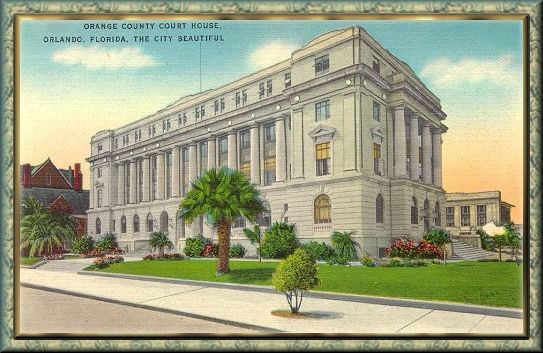
Picture of Courthouse 2016
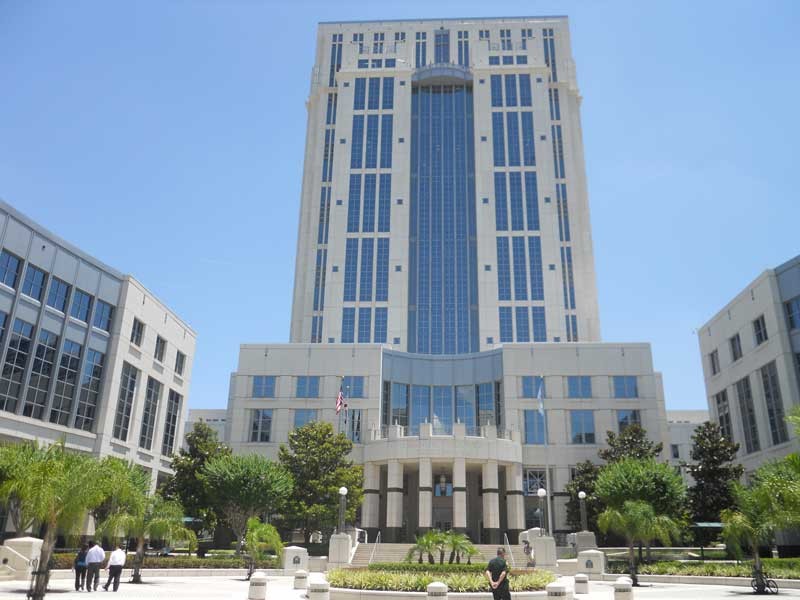
Ted Bundy carved his name into the defendants table during trial
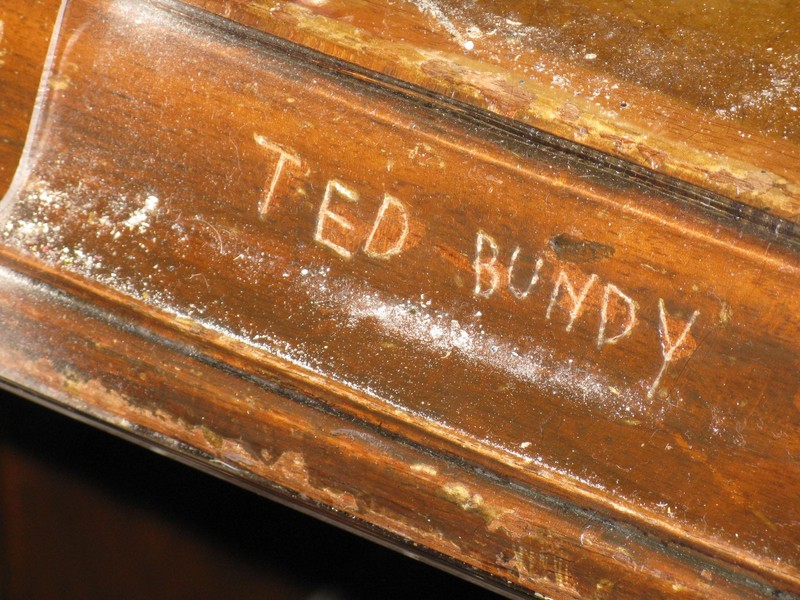
Photo of Ted Bundy during his trial for the murder of Kimberley Leach
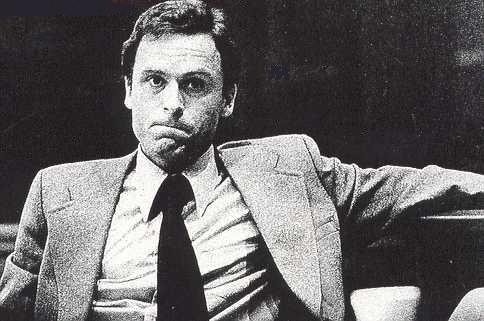
Items that were placed at Pulse Nightclub after the shooting will soon be added as an exhibit at the Historic Center
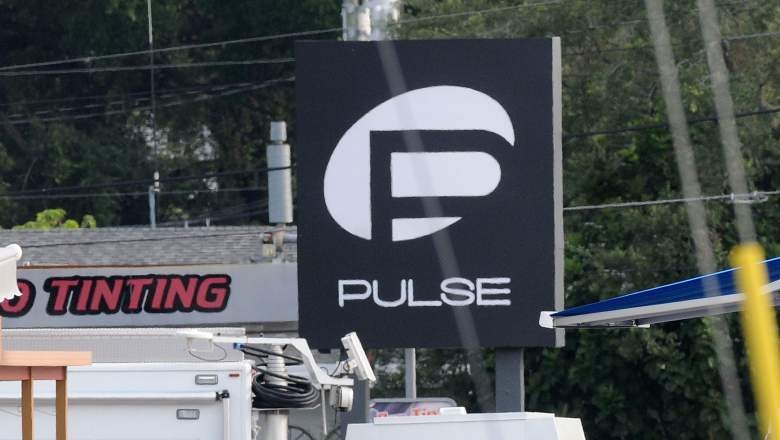
Drawing of courthouse

Picture of Courthouse 2016

Ted Bundy carved his name into the defendants table during trial

Photo of Ted Bundy during his trial for the murder of Kimberley Leach

Items that were placed at Pulse Nightclub after the shooting will soon be added as an exhibit at the Historic Center

Backstory and Context
Text-to-speech Audio
Orange County Regional History Center includes an exhibit for the tragic mass shooting that occurred at the Pulse nightclub on June 12, 2016. All of the memorial items will end up at the at the Center, that it meticulously being done with dignity. Michael Perkins, the museum manager says that “the memorials in honor of the Pulse victims are slowly coming down, but they are not going far away, we are certainly not working just to take them away from the site, we are working to preserve them, to collect them and preserve them so they can be put to future use.” The history center’s collection team selects items one by one, the chief curator photographs it in its original position and gently takes it away, the items are then logged and cleaned, removing any dirt or candle wax before being boxed and taken away. The team intends to collect everything, even though the weather has taken a toll on some items, plastic or laminate is removed from cards so moisture from the rain can dry out, all of the flowers will be turned into soil and used in gardens throughout the city. So far over 1,700 items have been collected. Perkins says “The Pulse shooting will always be a part of our history, but so is the community’s response. We are collecting and preserving the memories of how the community responded.”
As well as being a historically significant building, the Orange County Courthouse was home to one of the twentieth century’s most famous murder cases. This courthouse is where the famous serial killer Ted Bundy was tried for the murder of Kimberly Leach. The trial began on January 7, 1980 and reached a guilty verdict on February 7. Julius Africano and Lynn Thompson, the defense attorneys, unsuccessfully fought for a plea of “not guilty”, arguing that Bundy was insane. Bundy carved his name into the table where he sat during the trial.
The Orange County Regional Center tells the story of Orlando outside of the famous theme parks for which it is so well known. The museum tells this story in a variety of ways, one of which is its “Orlando Remembered” gallery. Currently, this gallery tells the story of citrus workers during the Great Depression. Although the Great Depression officially began in the nation with the 1929 Stock Market Crash, Florida receded into a depression, due in part to the end of the Florida Land Boom, as early as 1926. Then, in 1929, the same year as the Stock Market Crash, the citrus industry in Florida suffered a huge loss due to an infestation of Mediterranean fruit flies Migrant workers flocked to South Florida for work during harvest season.
The “Orlando Remembered” gallery also tells the story of the famous Peabody Hotel ducks and the practice of sending friendship dolls between Japan and the US during the late 1920s. The permanent collection also includes exhibits exploring Florida’s natural environment, it Native American history, its industry, and its aviation history. Check the website for latest updates on temporary exhibitions
Sources
BUNDY BROKE HIS PATTERN IN LEACH KILLING. (1989). Retrieved October 07, 2016, from http://www.deseretnews.com/article/31861/BUNDY-BROKE-HIS-PATTERN-IN-LEACH-KILLING.html?pg=all The Orange County Regional History Center - Visit Us - Our History. (n.d.). Retrieved October 07, 2016, from https://web.archive.org/web/20090302051954/http://www.thehistorycenter.org/visit/?art=history (n.d.). The Story of the History Center. Retrieved October 07, 2016, from http://www.thehistorycenter.org/about/history-center/ Washington, E. (2016). Pulse memorial will live on at Orange County Regional History Center. Retrieved October 07, 2016, from http://www.clickorlando.com/news/pulse-memorial-will-live-on-at-orange-county-regional-history-center
